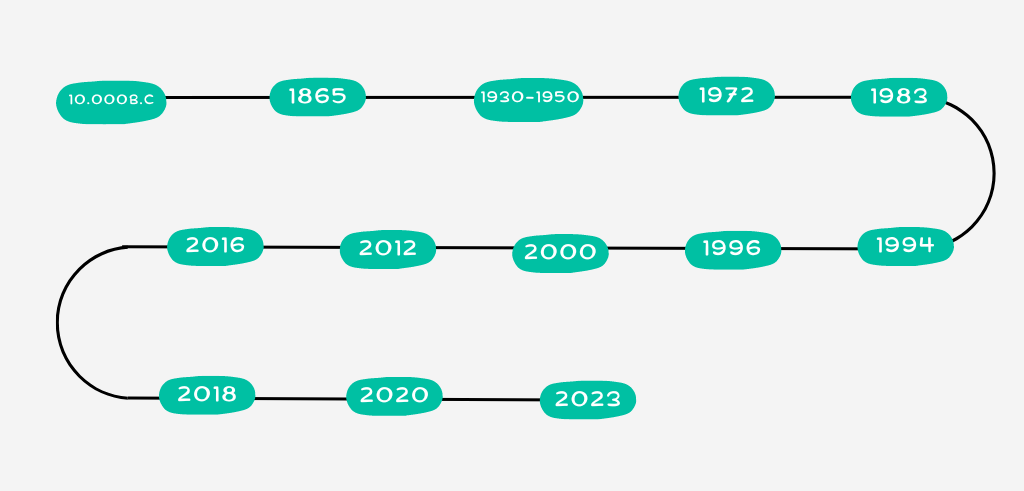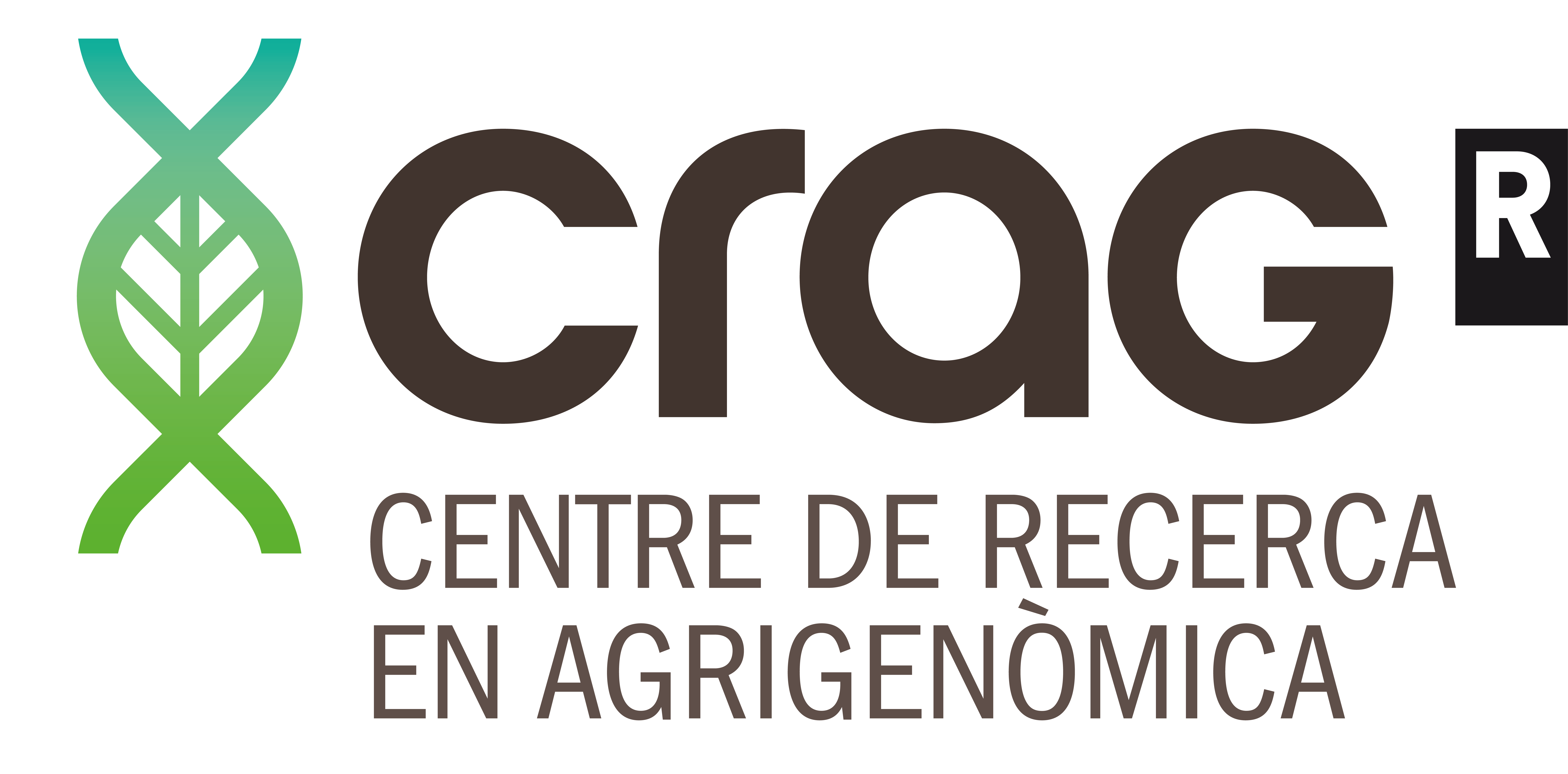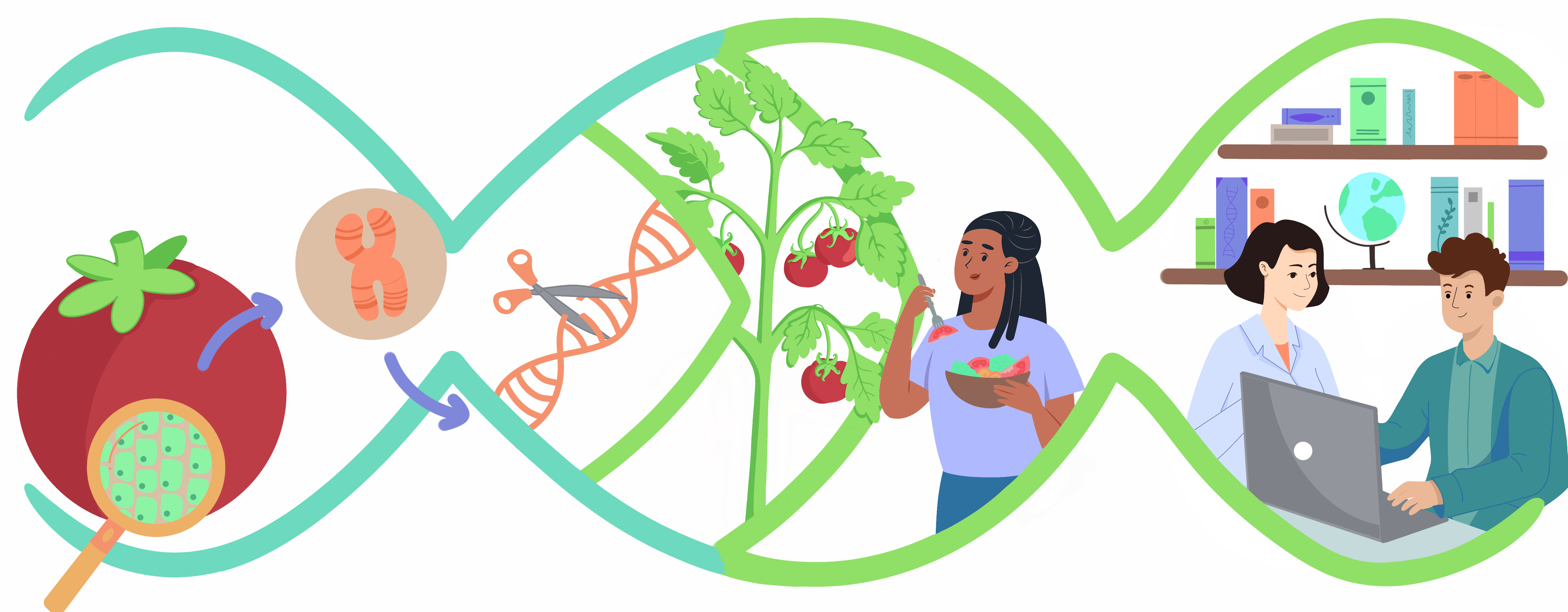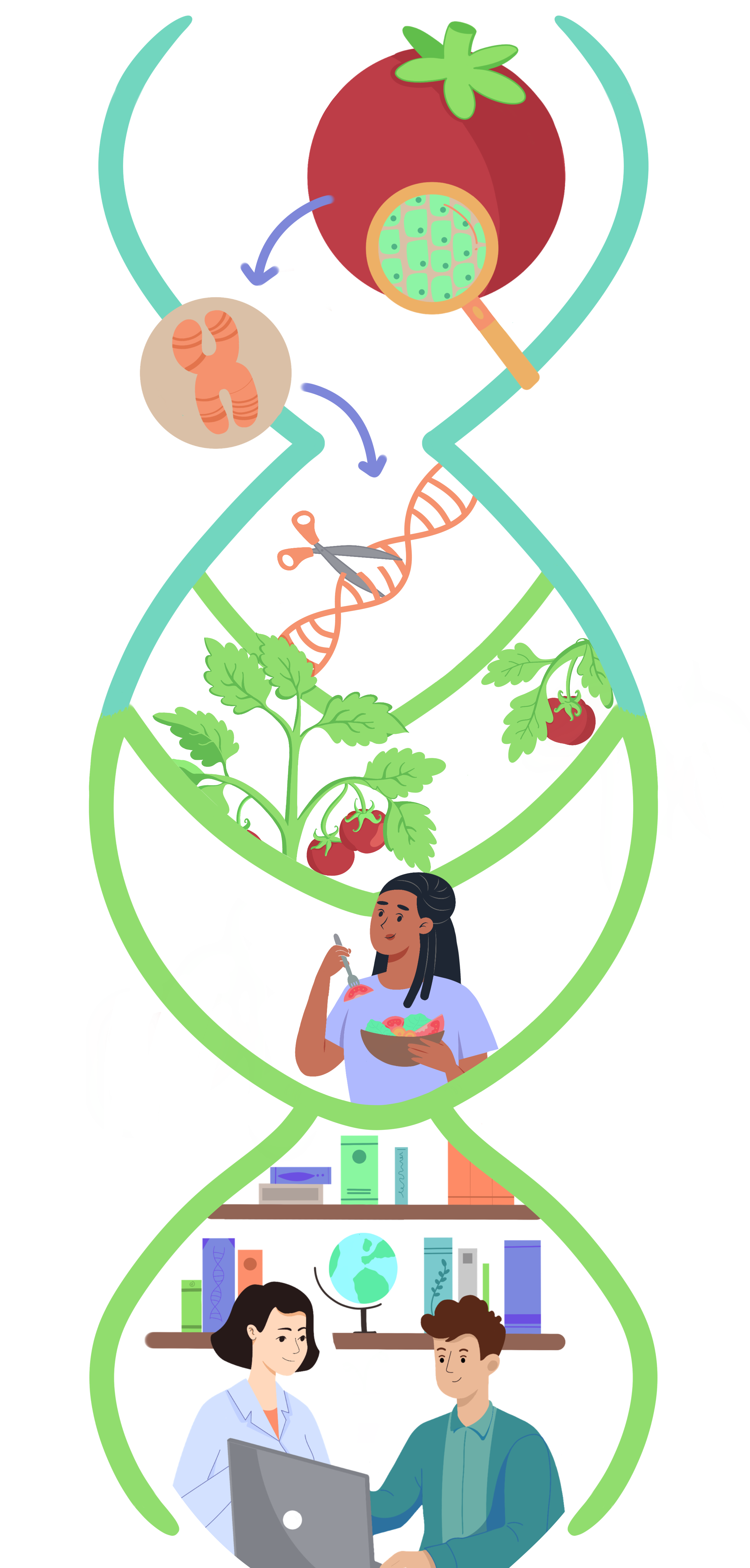The potential of gene editing
in plants
Did you know…?
Did you know…?
Advances in plant biotechnology
Timeline from plant domestication to the latest biotechnology techniques

Humans begin to domesticate plants, selecting for desirable traits such as larger fruits or grains that are easier to harvest.
Gregor Mendel publishes his work on genetics, which lays the foundations of heredity and modern genetic research.
Radiation and chemical mutagenesis is developed. This involves exposing plants to these agents to induce random mutations in their DNA.
The first genetically modified organism, a bacterium, is created.
The first genetically modified plant (a tobacco plant) is created, using a bacterium to insert a foreign gene.
Researchers use CRISPR to create a drought-resistant crop.
The use of CRISPR-Cas9 as a tool for genome editing is first published. This gene-editing technique allows precise changes to be made to DNA.
From this year onwards, marker-assisted breeding, which uses genetic markers to select for desired traits in traditionally bred varieties, is developed.
As of this year, genetically modified crops, such as soybean, cotton and maize, are widely adopted in US agriculture
The first genetically modified crop, the Flavr Savr tomato, is approved for sale in the United States
The EU puts genetically edited plants on the same legislative footing as genetically modified organisms.
CRISPR is used to create a soybean plant with increased resistance to a common herbicide.
The European Union debates a new legislative status for genetically edited organisms to differentiate them from genetically modified organisms.
Advances in plant biotechnology
CRAG Consortium members:

CRAG is a member of:

Outreach project funded by:



